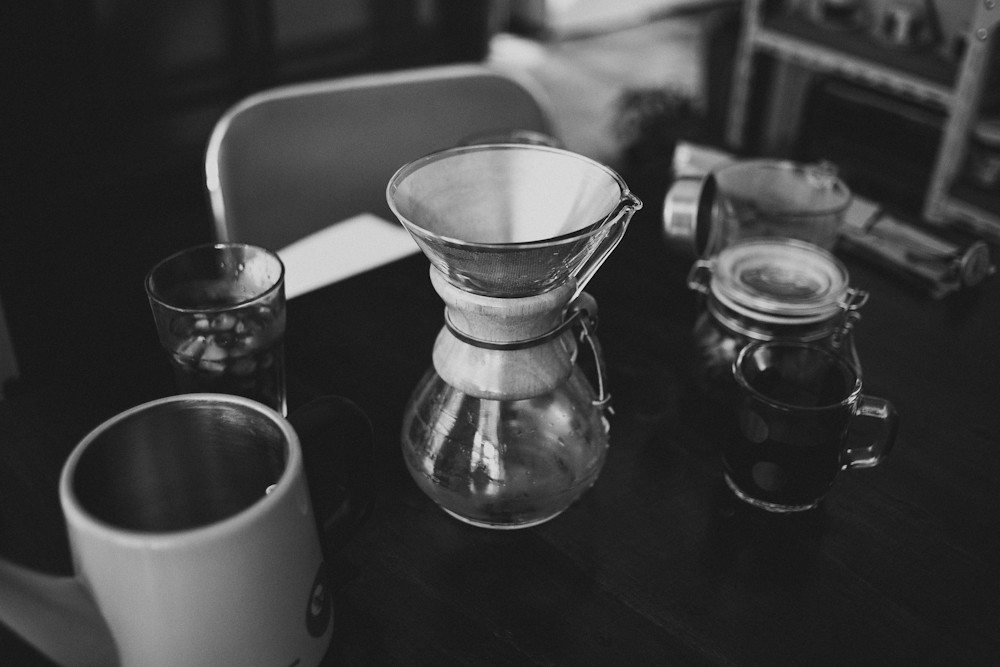Oddly enough, the homebrew world and the professional brewing world use two totally different units to measure dissolved sugar content in our wort and our finished beer. Homebrewers use Specific Gravity and most pros use Plato. Why you may ask? I don't really know. Probably just 'cuz that's what I started with'.
Both give you a means to measure potential alcohol content and actual attenuation. Both are fairly straightforward to read and to use. So why should anyone care about the difference? Well, they mean different things and have different unit qualities.
Specific gravity (S.G.) is the ratio of the density of a sample liquid (wort) to the density of water. Because wort has dissolved sugars and a few other compounds in it, it's more dense than water. As our little microbial friends do their job and convert that sugar over to alcohol, which happens to be even less dense than water, the SG of the solution drops. There are some well-established formulas / calculators to help you with the exact math, but the scale provides a very simple approximation. Under most normal fermentation conditions, the part after the decimal point is pretty close to what your finished alcohol content will be.
So for a 1.050 SG beer, fermented to 1.012 FG (75% attenuation), you get 5% alcohol. (.05 = .05)
For a 1.080 SG beer, fermented to 1.019 FG (75% attenuation), you get 8.01% alcohol. (.08 ≈ .0801)
One usually measures SG with a hydrometer. It uses a specifically calibrated weight and a scale to measure the relative density of the liquid. Since the pre-fermentation solution has a higher density than plain water and alcohol has a lower density than water, it's straightforward to calculate the finished alcohol percentage. (Technically we lose some CO2 out of the airlock, but it's not enough to matter.)
Brix or Plato is the percentage of dissolved sucrose by weight in a solution. As I mentioned above, technically this is an approximation in wort because not all of the sugars all sucrose and not all of the dissolved solids are fermentable. Regardless, it's a pretty damn good estimate. (Brix and Plato are technically very slightly different scales, but for all practical purposes they can be used interchangeably.)
1 degree brix equals 1 gram of sugar dissolved in 100 grams of water. Also pretty simple, right? So for those same beers we talked about, a 1.050 OG is equivalent to 12.5 plato (or 12.5% dissolved sugar) and a 1.080 OG beer is equivalent to 19.3 plato (or 19.3% dissolved sugar.)
Typically you'd use a refractometer to measure Brix. It uses a known change in the refractive index to measured the percentage of dissolved sugar. However, alcohol's different refractive index makes it basically impossible to use a refractometer to measure finished gravity. It's just not the right tool for that job.
 We've been making pour-over coffee at my office in a Chemex for a while now. (If you haven't been bit by the coffee bug, you might not want to read on. It's the preferred brewing method of hipsters and snooty coffee snobs.) The standard Chemex rig consists of a burr grinder, the chemex and a scale on which to both weigh out your beans and then for weighing out the hot water.
We've been making pour-over coffee at my office in a Chemex for a while now. (If you haven't been bit by the coffee bug, you might not want to read on. It's the preferred brewing method of hipsters and snooty coffee snobs.) The standard Chemex rig consists of a burr grinder, the chemex and a scale on which to both weigh out your beans and then for weighing out the hot water.